
I’m currently visiting Bolivia for the LACEA 2015 conference, and also giving a series of lectures in La Paz and Santa Cruz associated with my new book. I first lived here in the mid-1990s, and got to know the country well.
Bolivia is transformed since then; the changes are breathtaking. The country is vastly richer, its political establishment has been comprehensively replaced, and the broader social pyramid substantially overturned.
The economy has grown 265% since 1993, and 180% since Evo Morales became the country’s first ever indigenous President. Traditional political parties are essentially dead, and the socio-economic elite that ran the country for so long is now excluded from politics. There has been a remarkable ascent of the mestizo and indigenous lower classes, both politically and economically. Much of this is well-known but nonetheless worth repeating, as changes this vast are unusual and must contextualize what follows.
Here’s a Q&A interview I did recently for World Politics Review on the effects of the commodity boom, and Bolivia’s outlook after the crash.
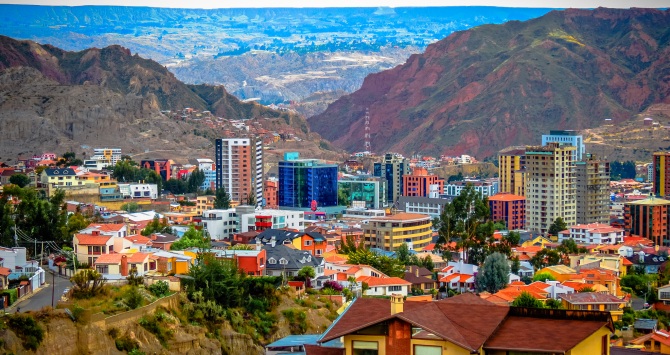
- How effectively has the Bolivian government used the past decade’s commodity boom to promote development and reduce poverty?
This is tricky to answer. A new, path-breaking study by the Fundación ARU, an independent think-tank in La Paz, shows that poverty and inequality plunged between 1999-2011. Average real income rose 45% across the country, and 182% amongst the poorer, more deprived rural population. The income multiple of the top to bottom 10% of the population fell from 42 to 11. And the population in extreme poverty fell from 46% to 19%, while the middle class rose from 17% to 32% of the population. So both poverty and inequality have fallen dramatically.
But ARU’s analysis also shows that this is mostly due to changes in the labour market, and not the government’s anti-poverty transfers. There has been significant income compression during this period, as unskilled workers’ wages have risen much faster than skilled workers’ wages or professional salaries. This is undoubtedly connected to the commodity boom. But the precise relationship is not yet clear. It does not, however, seem that government policy can claim direct credit, beyond the more general achievements of maintaining macroeconomic stability, which is true.
The government has used much of its windfall to fund significant investments in education and health, with a bias towards poorer rural populations. And there have been many infrastructure projects executed throughout the land. These have contributed to improving human capital indicators, falling transport costs, and increased domestic commerce.
- How susceptible is Bolivia’s economy to declining natural gas and commodity prices, and what policies have been pursued to diversify the economy and protect it from the commodities cycle?
Bolivia is highly susceptible to falling raw materials prices, and the effects are already being felt in public budgets. The government has announced, for example, that regional receipts from the key Hydrocarbons Tax will fall 40% this year, putting huge stress on subnational budgets.
Despite much talk of economic diversification, little has been achieved. The economy is still dependent on hydrocarbon and mineral extraction, and a highly productive agricultural sector concentrated in the East. The manufacturing sector is small, and little is exported. The government’s principal response to falling commodity prices seems to be to look for more, opening protected areas to oil and gas exploration.
- What impact have falling commodities prices had on domestic politics to date, and what are their likely effects in the future?
Remarkably, the effects to date are minimal. The government’s previous inability to spend its investments budgets has left it with enough money in the bank to fund looming deficits for several years before cutbacks really start to hurt. Morales continues to bestride the national stage with no rival or pretender in sight. But a recent set of referenda on regional autonomy, which the government lost, are the first signs that his electoral dominance may be slipping, and that the popular mood may be turning sour.
The new collection of essays edited by Jean-Paul Faguet and Caroline Pöschl, Is Decentralization Good for Development?, is now available from Oxford University Press.
A book-launch roundtable featuring the two editors will take place at LSE on Wednesday 2nd December. More details are available on our Events page.
Related Posts
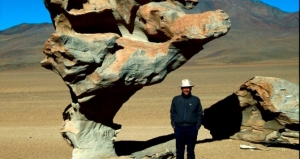 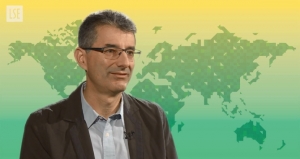  |



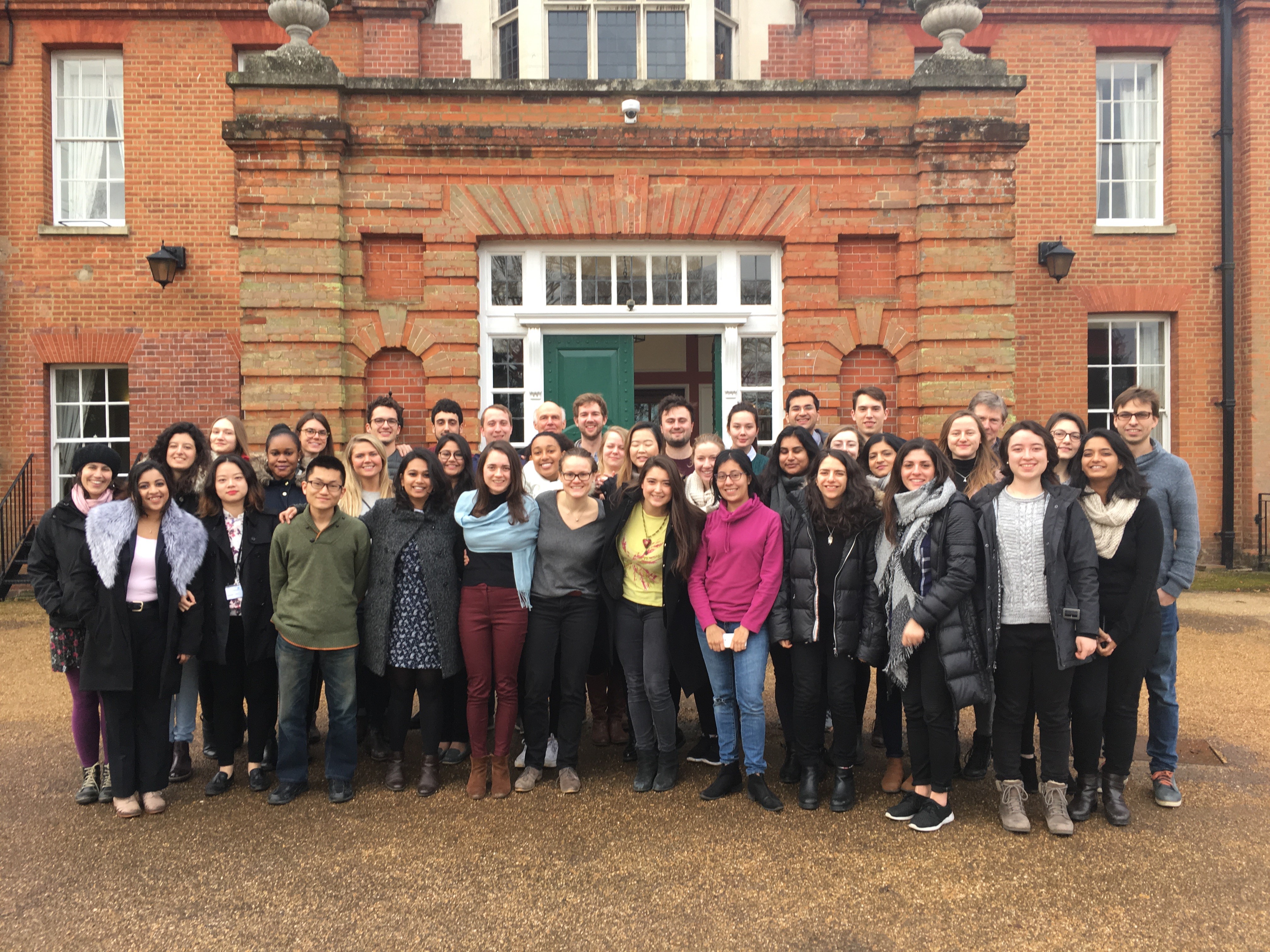

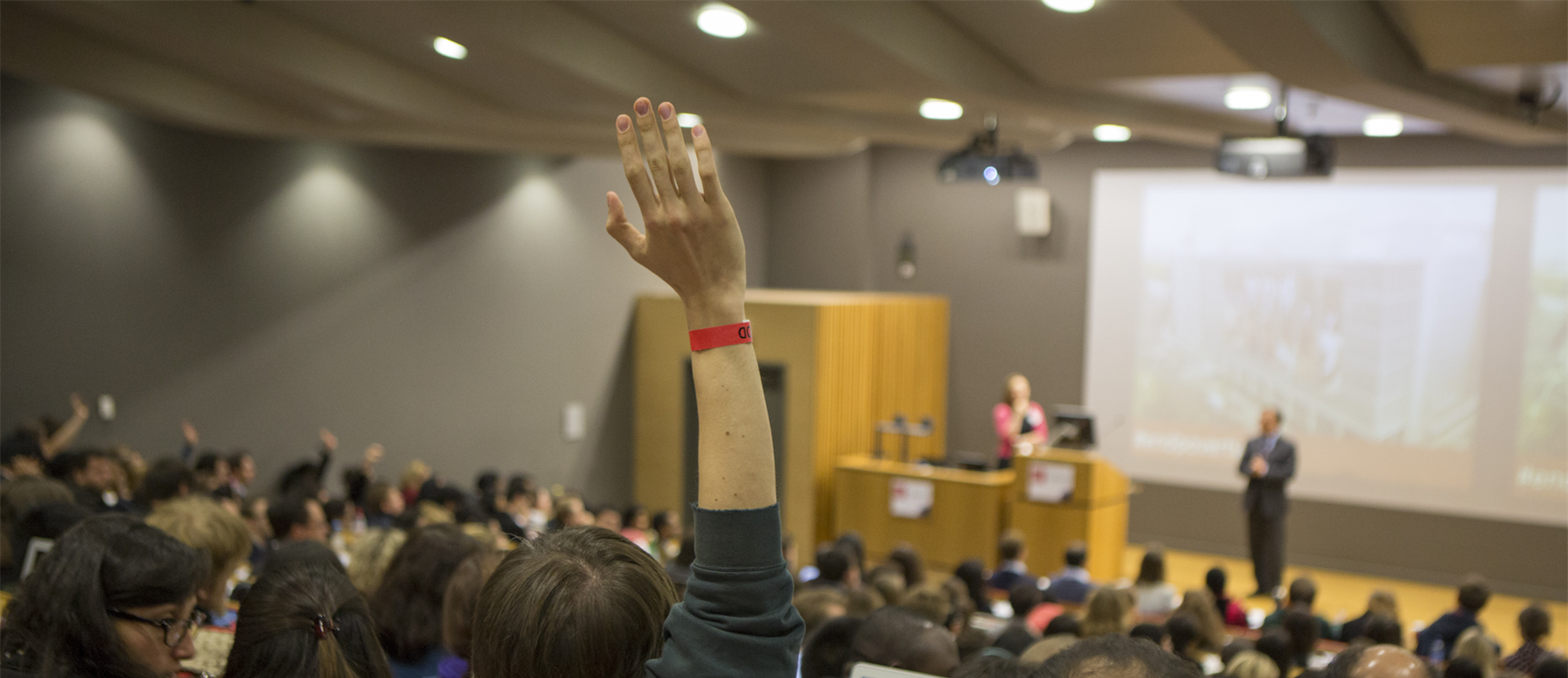

“The government’s previous inability to spend its investments budgets has left it with enough money in the bank to fund looming deficits for several years before cutbacks really start to hurt.” This is fascinating, but…. Why has the gov been unable to spend or invest money? Certainly not for lack of needs. Is that in and of itself an indication of low level of development?
Hi Ken,
Yes exactly — because of insufficient institutional capacity to spend the bonanza. The government drew up ambitious investment budgets, but then wasn’t able to execute them on time, leaving a lot of money in the bank. Hardly a good thing in itself in a country with high levels of deprivation, but it leaves Bolivia in a much better position than Ecuador, for example, which spent an arguably bigger bonanza more effectively, and is now facing a gaping budget hole and recession.
Bolivia has around $15 billion in cash reserves (around 50% of GDP, and one of the highest per capita in the world), and a budget deficit of some $800 million last year. The latter is bound to rise over time. But the government’s problem is not nearly as acute as I suspected before going. They have a problem of prudent management, like any other primary exporter in this climate. But there is no cash crunch, and the economy is expected to grow by 3.5-4% this year.